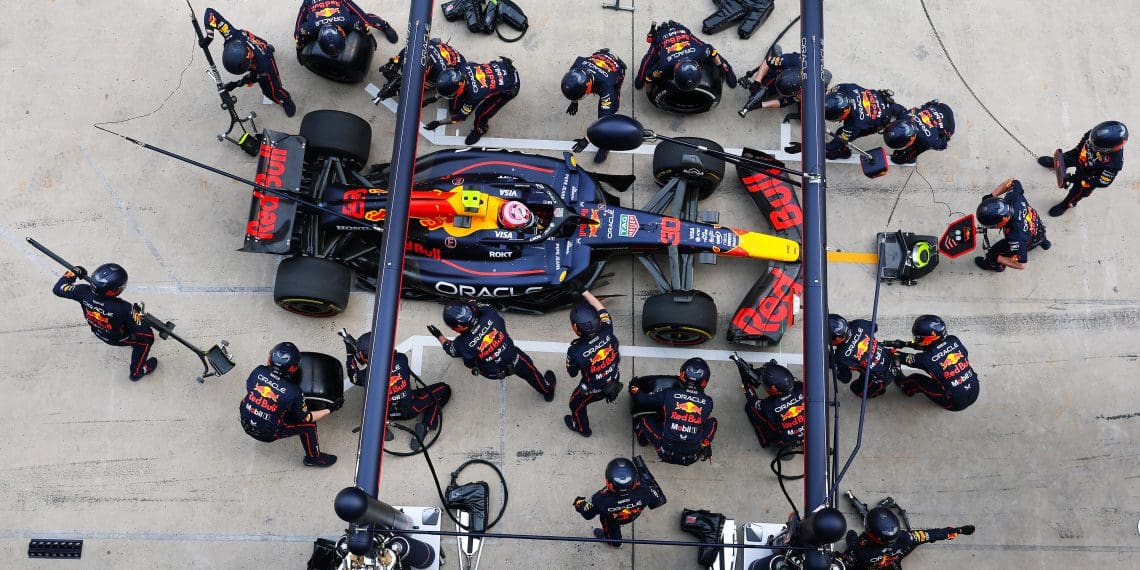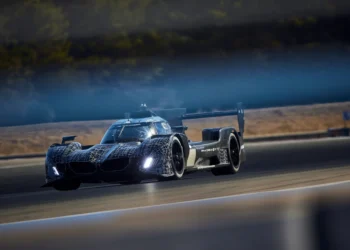Shanghai may not have delivered the adrenaline rush of Melbourne, but the Chinese Grand Prix was certainly eventful. We delve into the six significant takeaways from this Formula 1 race.
The first Sprint Race of the season unfolded in Shanghai, presenting an unexpected result and setting an intriguing tone for the main event. New players emerged in the midfield battle, a Red Bull driver could only aspire to be so high, and Lando Norris got a reality check, signaling that things wouldn’t be smooth sailing for him.
Despite the introduction of fresh technical directives concerning the contentious ‘flexi-wings,’ McLaren, the team with the most to lose, continued its sterling performance, securing a 1-2 finish. The team’s rivals might have hoped that these new regulations would allow them to narrow the gap, but their dreams were swiftly shattered.
Following the Sprint Race, Oscar Piastri appeared to be the clear favorite, securing his first-ever F1 pole position and then triumphing in the race. His teammate, Norris, took second place, despite battling late brake issues. With the Mercedes struggling to keep up, and both Ferrari and Red Bull beset by their own problems, McLaren seems well-positioned to retain its Constructors’ Championship.
Piastri’s performance sent a clear message – he has put his Melbourne nightmare behind him and is ready to assert his dominance in the F1 title race. Having clinched the pole position and race victory, the Australian driver is back in contention for the World Championship, setting the stage for a potential season-long showdown with Norris.
Liam Lawson’s future at Red Bull is looking increasingly uncertain. The Kiwi driver has had a difficult start to the F1 season, with poor qualifying and race performances. Speculation is rife that Yuki Tsunoda, who has been outstanding for Racing Bulls, might take his place. Despite the diplomatic response from Christian Horner, Red Bull’s team principal, the team has a history of being ruthless with underperforming drivers.
Ferrari’s promising weekend start quickly soured. After Lewis Hamilton’s initial Sprint success, the team had a disappointing finish. Both Hamilton and his teammate Charles Leclerc were disqualified from the final result due to technical violations. Ferrari will now head to Suzuka under close scrutiny but hopeful of showcasing the car’s true potential.
Meanwhile, Haas returned to the F1 midfield, with Esteban Ocon and Oliver Bearman securing fifth and seventh places respectively, thanks to the disqualification of Leclerc and Hamilton. The American team’s unexpected performance sets up an exciting season-long battle for midfield supremacy.
Racing Bulls have emerged as the surprise package of the F1 season, with Tsunoda’s performance putting him in a strong position for a potential Red Bull promotion. However, the team’s second-straight strategy blunder cost them a double points finish. The team will need to address its strategic errors if it hopes to regularly secure top ten finishes.
In sum, the Chinese Grand Prix offered plenty of drama and talking points, setting the stage for an exciting F1 season ahead.













